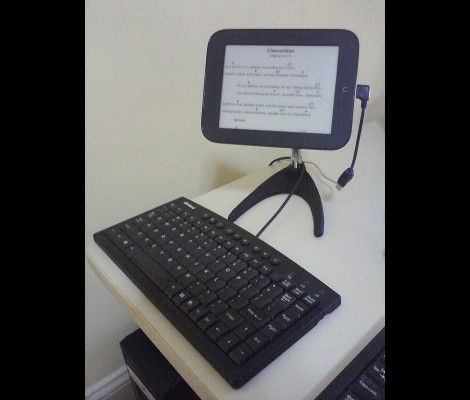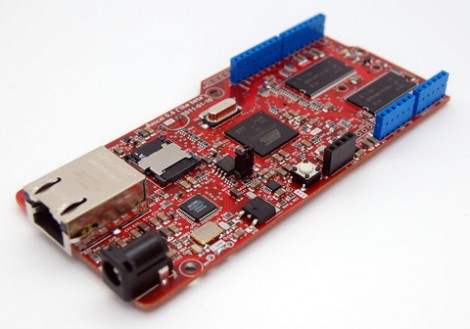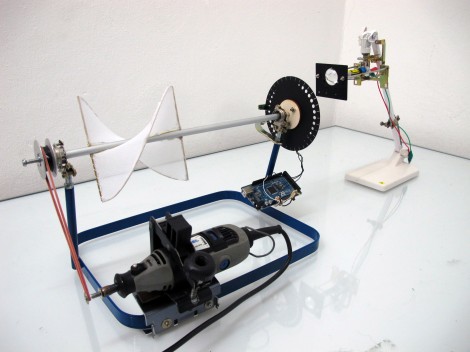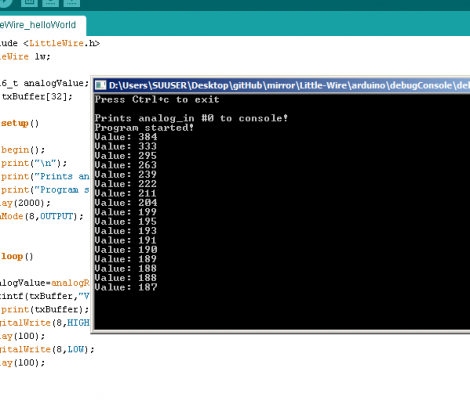
It looks like [Renate] has been pounding out hack after hack on her Nook touch. It stands on its own now thanks to a tripod bracket hack which is the most recent work she’s done. But there are bunch of other modifications, all of which are linked after the break.
We believe that this is meant for displaying lyrics as she sings and plays along. To that end there’s a foot pedal attachment that lets her control the device. It connects to the Nook via a USB hub that allows her to interface multiple devices at once. This in itself is also a hack, as host mode isn’t an out-of-the-box feature for the device. In order to avoid having to disconnect everything in order to top off the battery, she also manged to get the thing to charge from the USB hub. In fact, with all this in one package she’s basically got herself a desktop computer.

















